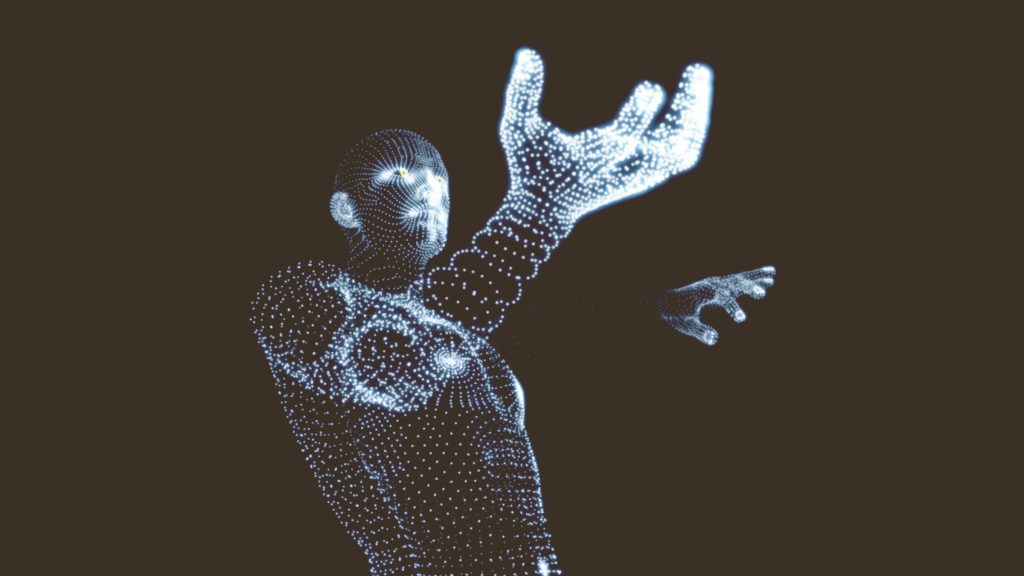
In September 2024, 19-year-old Teddy Warner launched Intempus, a robotics startup in the US, focused on creating an emotional robot by adding human-like feelings to machines using biometric data synchronization to improve how people interact with machines, according to TechCrunch.
Warner’s work centers on making robots more lifelike by giving them emotional intelligence through natural movements, by mimicking human and animal behaviors, to bridge the gap between cold machines and empathetic companions, setting the stage for advances in biomimetic robotics.
Biomimetic Intelligence and Robotics
Intempus upgrades existing robots by adding emotional robot expressions through their body movements. Instead of relying just on facial cues or spoken words, these biomimetic robots use subtle arm and torso gestures to communicate feelings. Warner says humans and even animals read these signals instinctively.
“Humans derive a lot of our subconscious signals, not from face, not from semantics, but solely from the movement of your arms and your torso,” Warner explained to TechCrunch.
The approach fits into the field of biomimetic humanoid robots, where robots imitate natural human and animal behaviors.
The biometric sensor data synchronization used by Intempus to collect and align physiological signals like heart rate, body temperature, and skin blood flow. This data helps robots understand emotional states better, improving how they react and interact.
Can Robots Be Programmed to Have Emotions?
Warner’s idea grew from his experience at AI research lab Midjourney. He noticed that current AI models lack the “physiological state” humans have. Most robots simply move from observation to action without this middle emotional step.
“Robots currently go from A to C, that is observation to action, whereas humans, and all living things, have this intermediary B step that we call physiological state,” Warner said.
To bring this emotional robot to life, Warner experimented with different ways to measure internal states. Starting with brain scans didn’t work, but polygraph tests, which track sweat changes, helped him gather real emotional data. From there, the project expanded to include heart rate and other biometric signals.
“I was shocked at how quickly I could go from capturing sweat data for myself and a few of my friends and then training this model that can essentially allow robots to have an emotional composition solely based on sweat data,” he said.
After one year of launching, Warner, currently working solo, plans testing the emotional support robot technology directly with users.
“I have a bunch of robots, and they run a bunch of emotions, and I want to have someone come in and just understand that this robot is a joyful robot,” Warner said.
Looking ahead, Warner’s vision challenges the traditional view of robots as cold, unemotional machines. Intempus seeks to create emotional robots that resonate with human experience by embedding genuine emotional awareness through biomimetic humanoid robotics and advanced biometric sensor data synchronization,
Inside Telecom provides you with an extensive list of content covering all aspects of the tech industry. Keep an eye on our Intelligent Tech sections to stay informed and up-to-date with our daily articles.